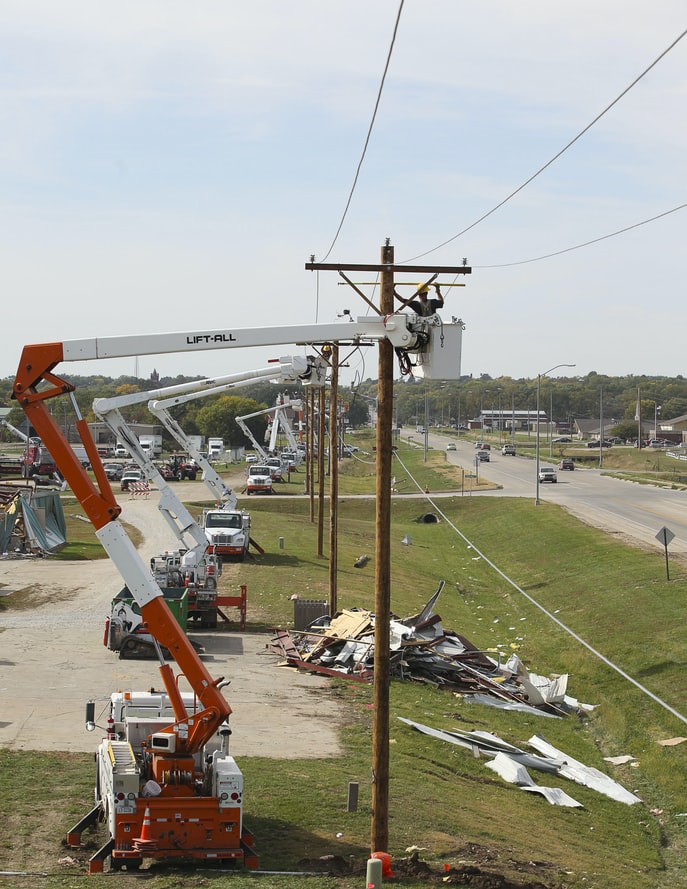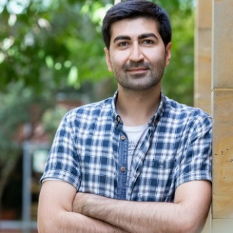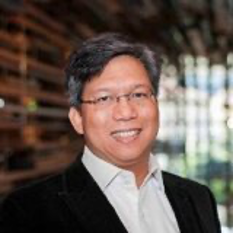A resilience framework for energy master planning of communities
Renewable Energy and Energy Efficiency Group
Department of Infrastructure Engineering
Melbourne School of Engineering

Isolated communities that have no, or limited access to a main energy grid (like indigenous communities) and institutions for which energy supply certainty is crucial (like hospitals), have a critical need for energy system resilience. At the same time, severe weather, flooding, fire and political events that can disrupt energy systems are increasing throughout the world, and are expected to increase even further in the following years.
The ‘resilience’ of energy systems to such disruptions, is neither a common nor an explicit consideration in energy master planning at the community level. Furthermore, to date, energy system resilience and the factors that contribute to it have not been well defined or assessed. As a result, despite its importance, there are no universally agreed-upon method or metrics for measuring or estimating resilience in energy systems for communities.
Working with the International Energy Agency
The University of Melbourne, led by Dr Behzad Rismanchi, is Australia’s representative in Annex 73 of the International Energy Agency’s (IEA) Energy in Buildings and Communities Program. This Annex focusses on advancing the integration of new energy master planning tools and strategies by standardizing data models and developing new software services for meeting current and future energy efficiency and security goals.

Dr Rismanchi and colleagues in the Renewable Energy and Energy Infrastructure Group of the Melbourne School of Engineering have reviewed the attributes of resilient systems and have identified metrics that can be incorporated into energy master planning processes. This new understanding of what constitutes a resilient energy system complements existing reliability approaches, especially at the community level.
Three layers of resilience in local energy networks
Through a collaboration with Sandia National Laboratories, the team has introduced a multilayered energy resilience framework and set of metrics for the energy master planning of communities, including the emerging generation of district energy systems, i.e. local energy networks – often solar or micro-turbine powered – that provide heating and cooling to buildings via, for example, hot water or steam for heating systems and chilled water for air conditioning.
The team has considered, with reference to the type of extreme events that can disrupt systems, the potential of system disturbances and their short and long-term impacts on energy supply. In response, the team has identified three layers of resilience. The first of these is ‘engineering-designed resilience’, or the ability of a system to be designed in such a way that redundancy enables reliability so that systems can ‘self-heal’ and restore service without human intervention.
The second is ‘operational resilience’; technological and organisational measures (including decision-making) that can contain or minimise damage in the short-term.
Finally, ‘community-societal resilience’ is high quality cooperation, collaboration and partnership between energy service providers and consumers, i.e. the community, that maintains general community well-being despite a disruption.
From these attributes the team has identified a starting set of energy resilience metrics for designing and master planning sustainable and distributed energy systems for communities. This research project can enhance system resilience planning for communities.
Aligning with the SDGs
This research makes important contributions towards achievement of the Sustainable Development Goals, particularly SDG 7; Affordable and Clean Energy. It is helping to ensure universal access to affordable, reliable and modern energy services by building system resilience that can increase the viability of the renewable energy technologies that are a common feature of distributed systems. This in turn plays an important role in enabling the expansion and upgrade of technologies that can supply sustainable energy services in the global energy mix, including developing countries, particularly remote or small-island communities.
The research also plays an important role in contributing to SDG 9; Industry, Innovation and infrastructure, because it enables the development and upgrade of reliable, sustainable and resilient infrastructure that supports economic development and human well-being.
Finally and perhaps most importantly, the work contributes to SDG 13; Climate Action, because distributed renewable and/or low-carbon energy systems that are also resilient to disruption contribute to both climate mitigation and adaptation.
References
- Charani Shandiz S, Foliente G, Rismanchi B, Wachtel A, Jeffers RF. Resilience framework and metrics for energy master planning of communities. Energy. 2020;203:117856.
Researchers


